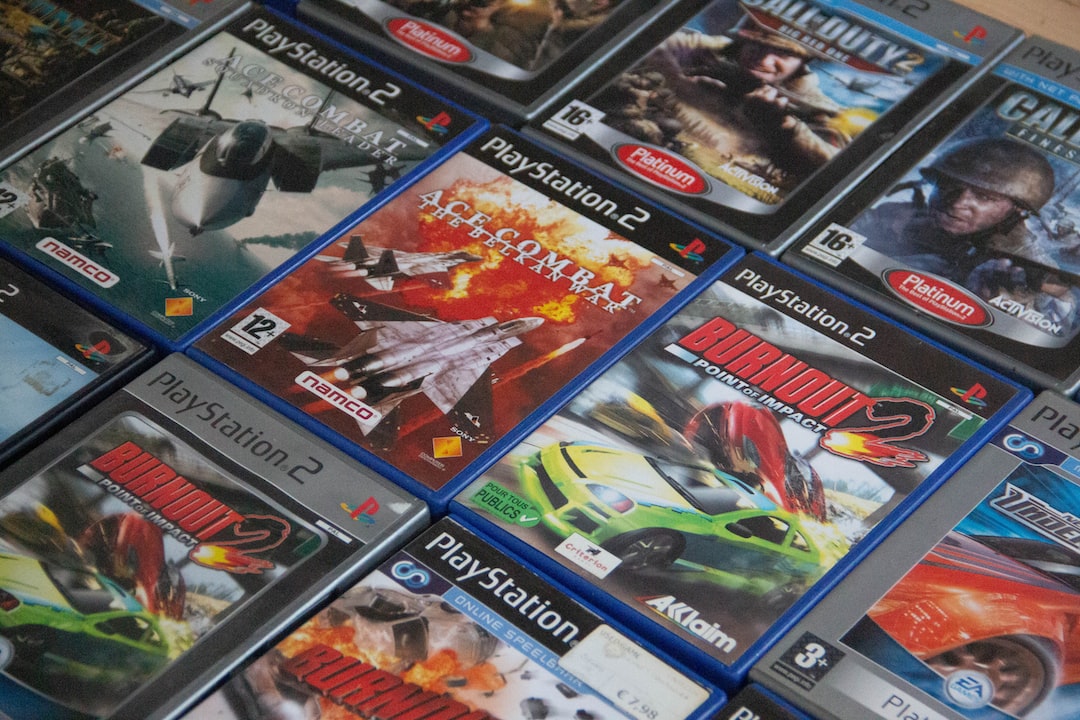From Pac-Man to Fortnite: The Evolution of Multiplayer Gaming
Gaming has come a long way since the days of Pac-Man and Space Invaders. With the advent of technology, multiplayer gaming has taken center stage, enabling players from all around the globe to connect and compete in virtual worlds. It is truly remarkable how multiplayer gaming has evolved over the years, and one game that perfectly showcases this evolution is Fortnite.
Pac-Man, released in 1980, was a groundbreaking game that introduced the world to the concept of multiplayer gaming. Although not played online, Pac-Man allowed two players to take turns playing the game, competing to see who could achieve the highest score. This simplistic multiplayer experience laid the foundation for what was to come.
In the late 1990s, games like Quake and Counter-Strike reshaped multiplayer gaming with the introduction of online multiplayer. These games allowed players to connect via the internet and compete in real-time. Gone were the days of having to sit next to your friend on the couch; now, you could play with people from all over the world. This was a game-changer in the world of multiplayer gaming.
Fast forward to 2017, and the gaming industry witnessed a revolution with the release of Fortnite. Developed by Epic Games, Fortnite took the gaming world by storm, redefining what multiplayer gaming could be. The game combined elements of shooter and survival genres, creating a unique and addictive experience. But what truly set Fortnite apart was its innovative approach to multiplayer gaming.
Fortnite introduced the concept of a “battle royale” mode, where 100 players dropped onto an island and battled it out until only one player or team remained standing. This mode created an intense and chaotic multiplayer experience that captured the attention of millions of players worldwide.
One of the key reasons for Fortnite’s success was its accessibility. The game was made available on multiple platforms, including PC, consoles, and mobile devices. This meant that players could connect and play with their friends regardless of what device they were using. This cross-platform compatibility was a game-changer, fostering a sense of community and inclusivity among players.
Furthermore, Fortnite introduced the concept of a virtual currency, V-Bucks, which players could earn or purchase. This currency allowed players to customize their character’s appearance, emotes, and more. This not only added a layer of personalization to the game but also created a thriving marketplace where players could buy and sell in-game items. This virtual economy within the game added a whole new dimension to the multiplayer experience.
Fortnite also embraced the social aspect of gaming. The game’s lobby system allowed players to chat with their friends and form squads before entering a match, promoting teamwork and coordination. Additionally, Fortnite introduced limited-time events and challenges that encouraged players to team up and complete objectives together. This emphasis on social interaction made multiplayer gaming more engaging and immersive than ever before.
The success of Fortnite paved the way for other games to adopt similar multiplayer features. Games like Apex Legends and Call of Duty: Warzone capitalized on the battle royale phenomenon, offering their own unique twist on the genre. These games have continued to push the boundaries of multiplayer gaming, introducing new game modes, maps, and features to keep players entertained.
In conclusion, multiplayer gaming has undergone a tremendous evolution over the years, from the simple turn-based gameplay of Pac-Man to the immersive and interconnected worlds of Fortnite and other modern titles. The introduction of online multiplayer, cross-platform compatibility, virtual economies, and social features have all contributed to making multiplayer gaming the phenomenon it is today. As technology continues to advance, we can only imagine what exciting new innovations lie ahead for multiplayer gaming.

